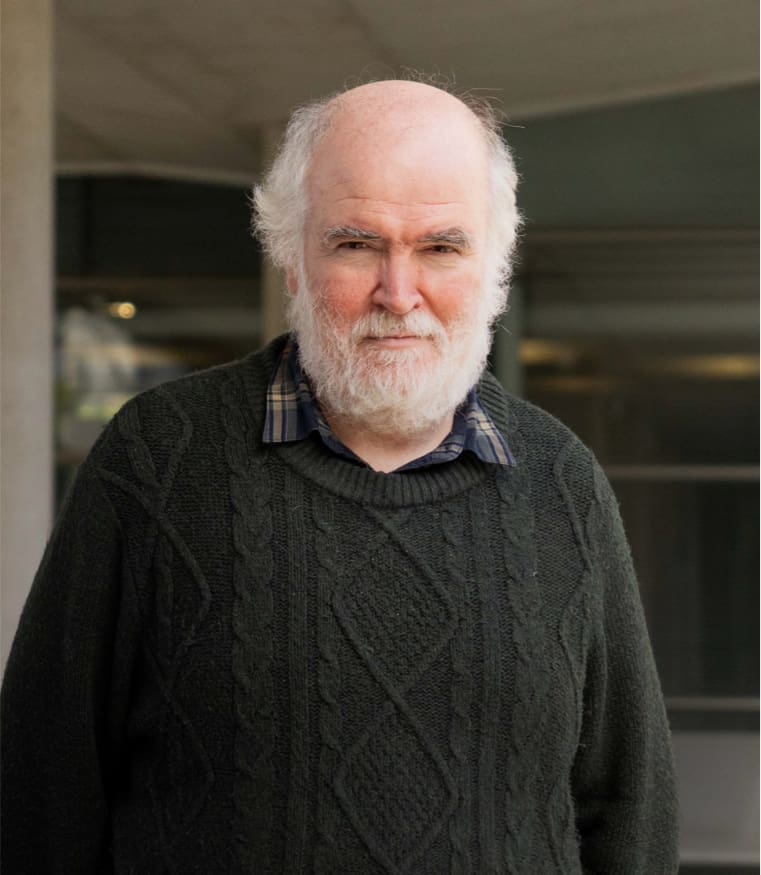Computational study on the mechanism of the reaction of carbon dioxide with siloxy silanes
The reaction of carbon dioxide with alpha-siloxy silanes assisted by cesium fluoride is studied by means of DFT calculations with the B97D functional. Different mechanistic models are examined, including explicit introduction of cationic counterions and solvent molecules. The reaction is confirmed to proceed through carbanionic intermediates generated by Brook rearrangement, a carbon-to-oxygen transfer of a silyl group. The cesium cation is shown to play a critical role in stabilizing the key transition state.

R. Kuniyil, F. Maseras
Theor. Chem. Acc. 2017, 136 (4), 65
DOI:
10.1007/s00214-017-2097-8

Let's create a brighter future
Join our team to work with renowned researchers, tackle groundbreaking
projects and contribute to meaningful scientific advancements




















